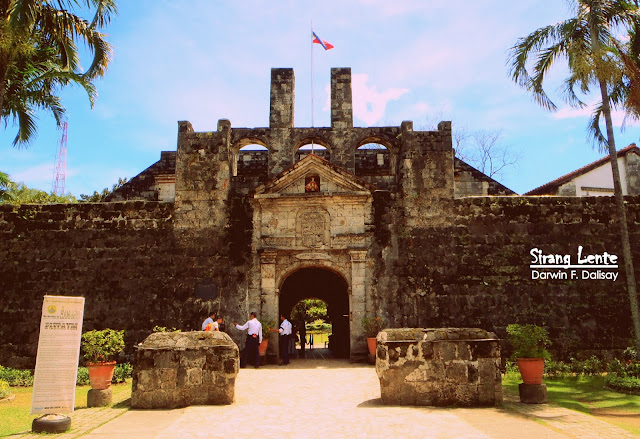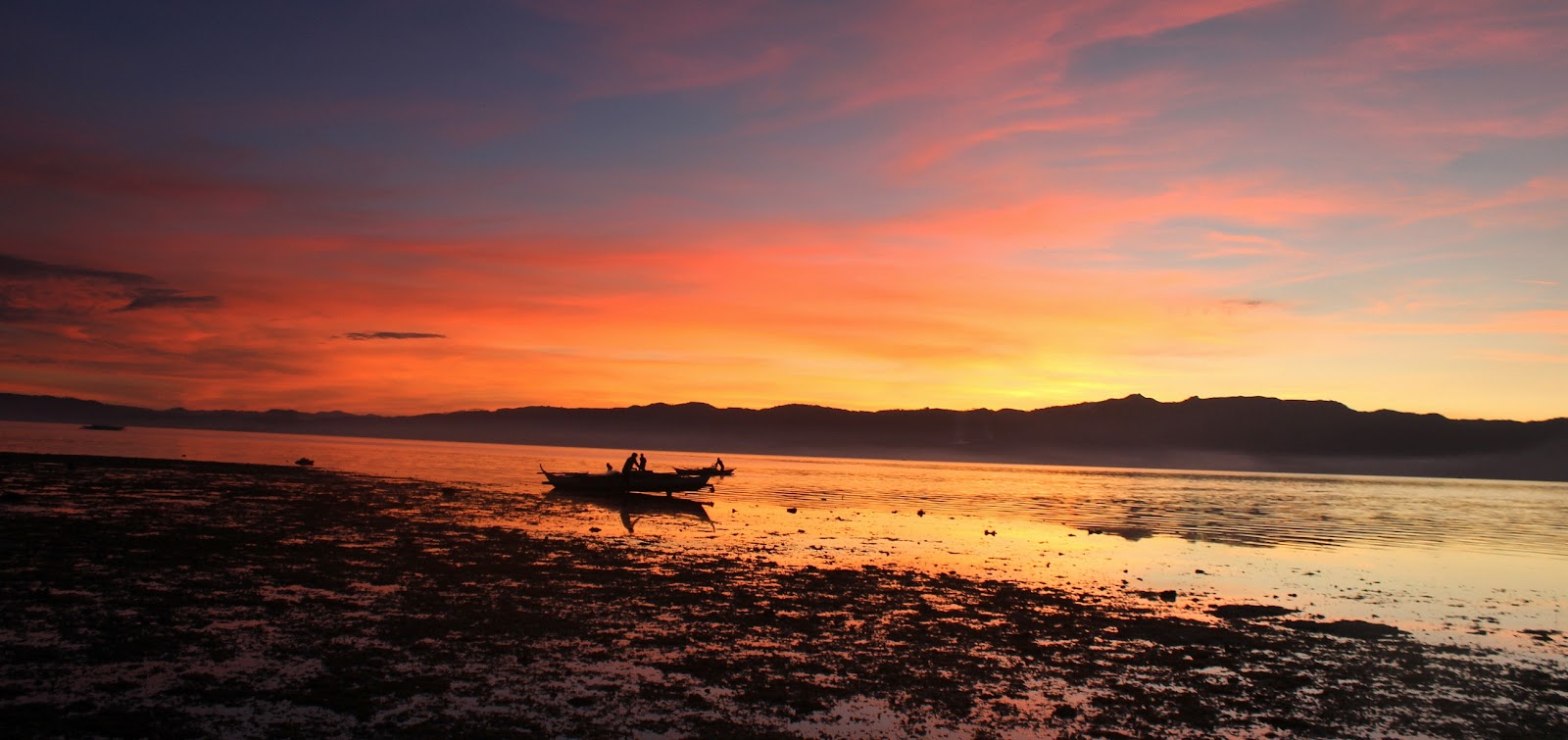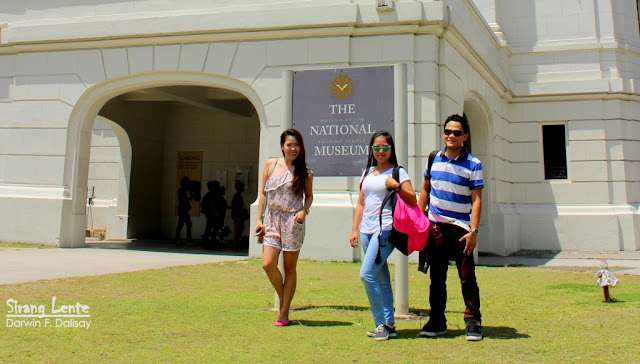SABITANG LAYA ISLAND, Caramoan
LAHOS ISLAND, Caramoan
MATUKAD ISLAND, Caramoan

Tanay Adventure Camp

If you're looking for a remarkable activity, Tanay Adventure Camp is a perfect place you can visit, just two to three hours from Manila. In 2014, I was invited to join the TAC Attack, an annual anniversary celebration held at the camp. And this year, they have added a lot of activities such as the ultra-marathon and outdoor cook fest. Since we a had problem with our availability, we opted to travel by 7 in the evening and arrived at the camp around midnight. Upon arrival, we met and greeted a few people at the event, feeling superstar kami eeh, then, set our camp and had our dinner. By 2AM we proceeded to the Maharlika Hall and witnessed the start of the 1st Conquer Ultramarathon.
AN ACTUAL SEGMENT OF THE BERLIN WALL, National Museum
National Museum of Fine Arts, Manila

MARIKINA SHOE MUSEUM

Boracay Island, Backpacking and Commuting Tips

The Sound of Las Piñas Bamboo Organ
Fort San Pedro

The Fort San Pedro or Fuerza de San Pedro situated inside the Plaza Independencia, Cebu City. It is is a military defense structure built by the Spaniards and the locals of Cebu under the command of Miguel Lopez de Legazpi, a Spanish conquistador. The date of its construction wasn't sure but there are claims that Jesuit Antonio Campioni built the fort in 1630. Like the other century old churches in the Philippines, there are a lot of major renovations in the 19th century for the structural improvements of Cebu.




